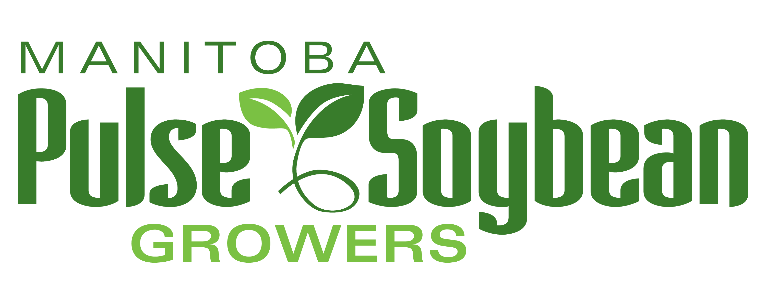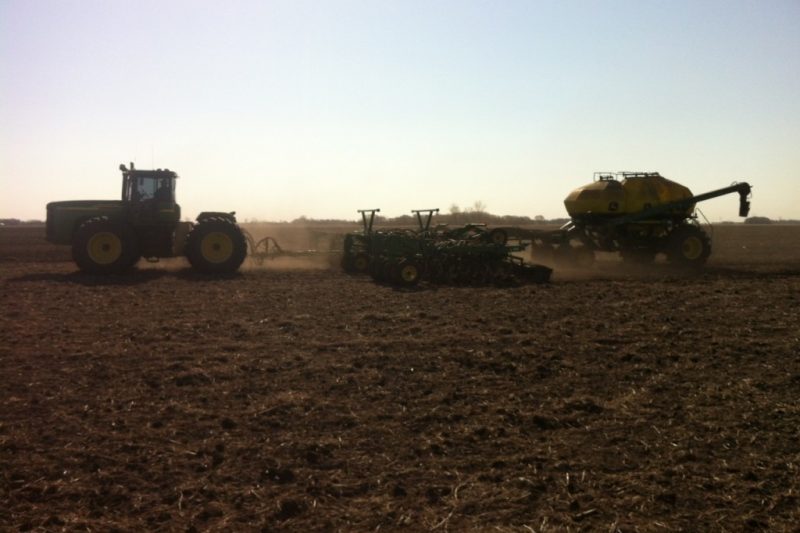Soybean planting time brings with it a number of decisions — what’s the optimal seeding rate? Which inoculants should be used, and should they be doubled up? What about seed treatment? Is a seed treatment with insecticide needed?
As part of this Soybean School West episode, Kristen Podolsky of the Manitoba Pulse and Soybean Growers delves into MPSG’s recent research looking at plant populations, inoculants, seed treatments and planting dates.
As she explains, the optimal seeding rate varies with the type of equipment used for planting. Based on 17 MPSG On-Farm Network trials over the last two years, the average soybean seed survival rate (# of emerged plants/# of seeds planted) was 74 percent for air drills and 82 percent for planters (but can vary depending on seed, equipment, seedbed conditions, and pests.)
She also describes their findings on inoculant use, comparing results when in-furrow inoculants (granular or liquid in the seed row) are used in addition to seed-applied liquid inoculant.
While there have already been some soybeans planted in the Red River Valley, Podolsky notes long-term data suggests the highest average yields on the eastern side of the province are achieved when planting occurs around the second and third weeks of May. For western Manitoba, the higher risk of an early June frost means the third week of May is ideal for planting.
Check out this video to find out what MPSG’s on-farm research has shown:

